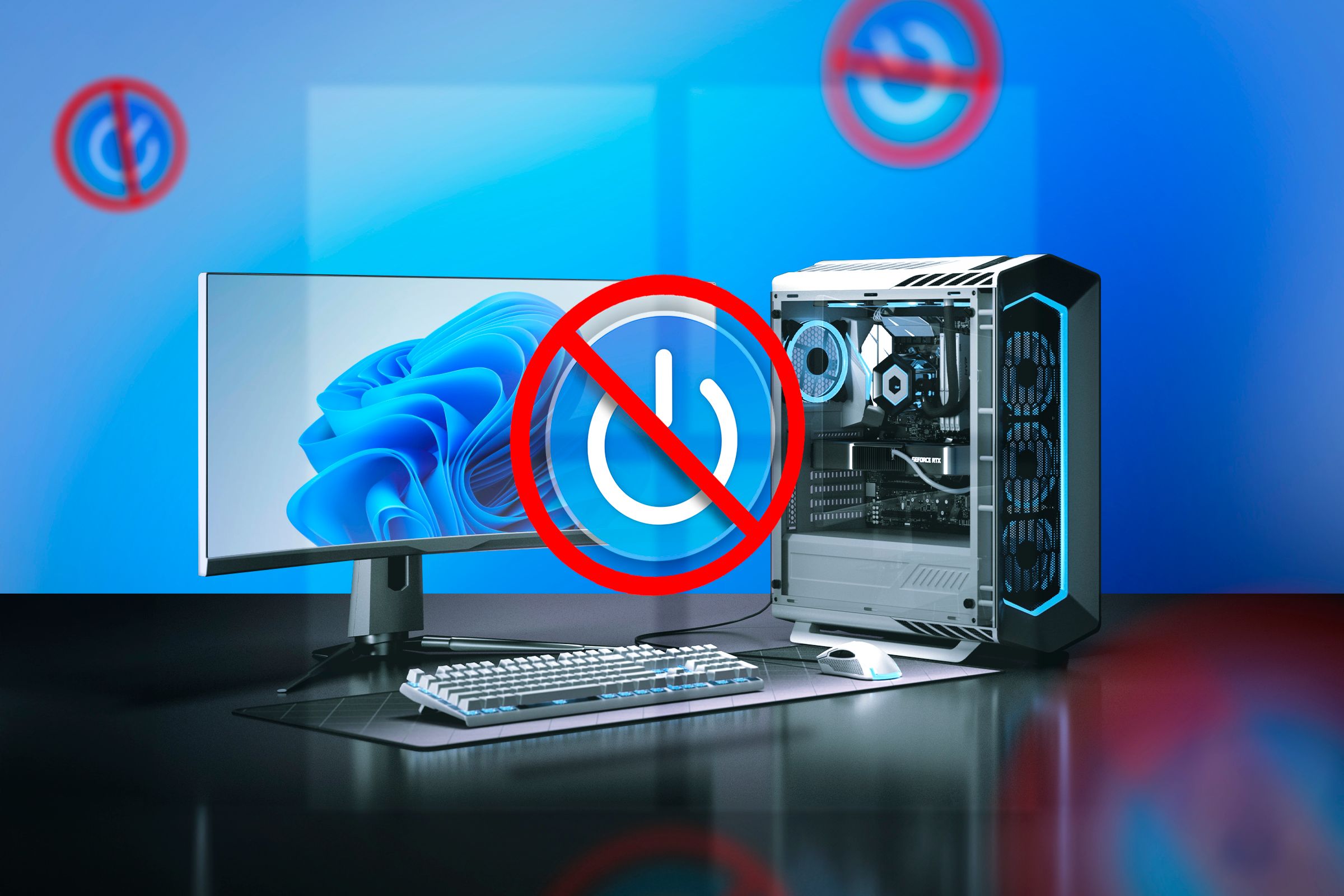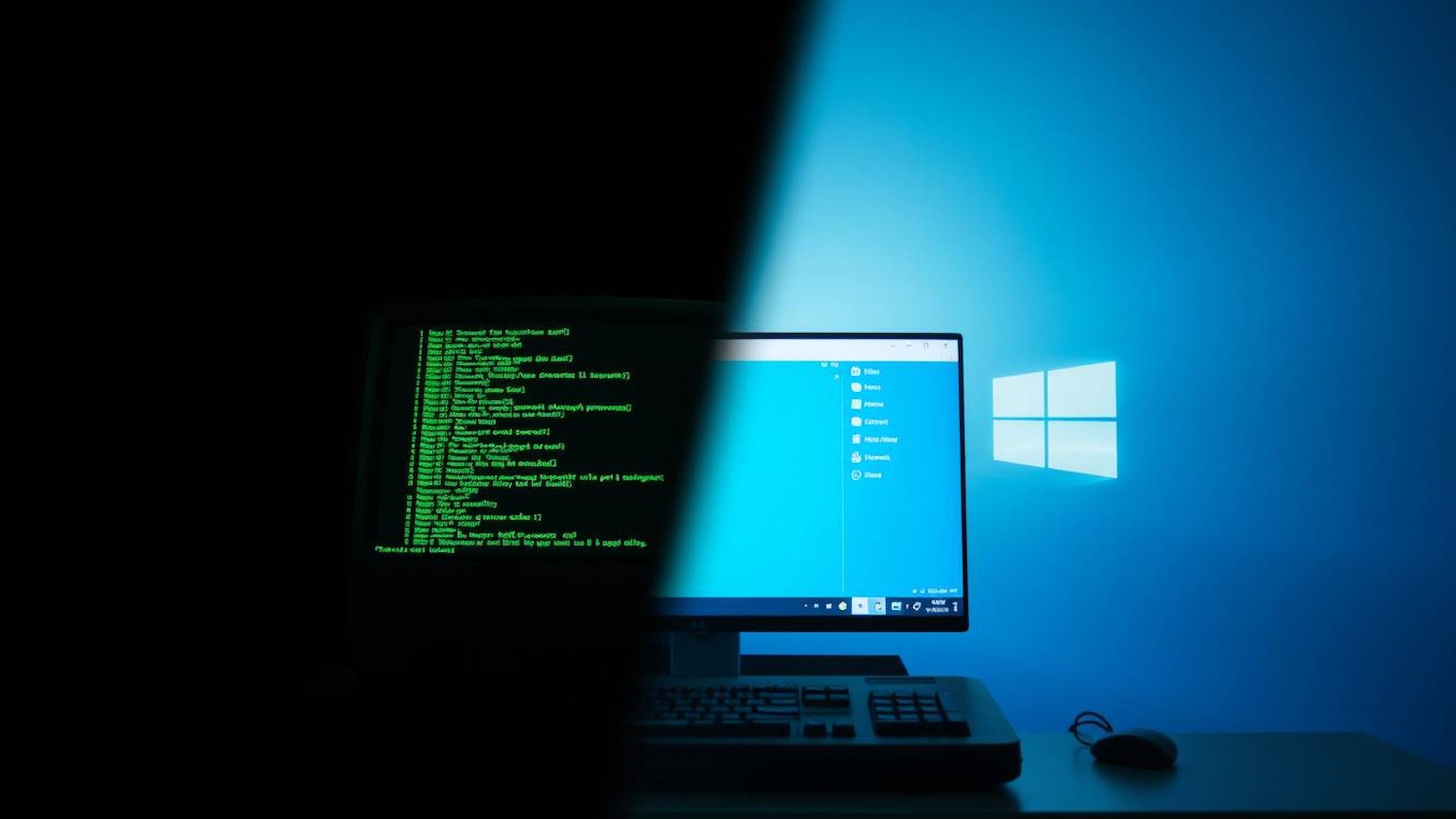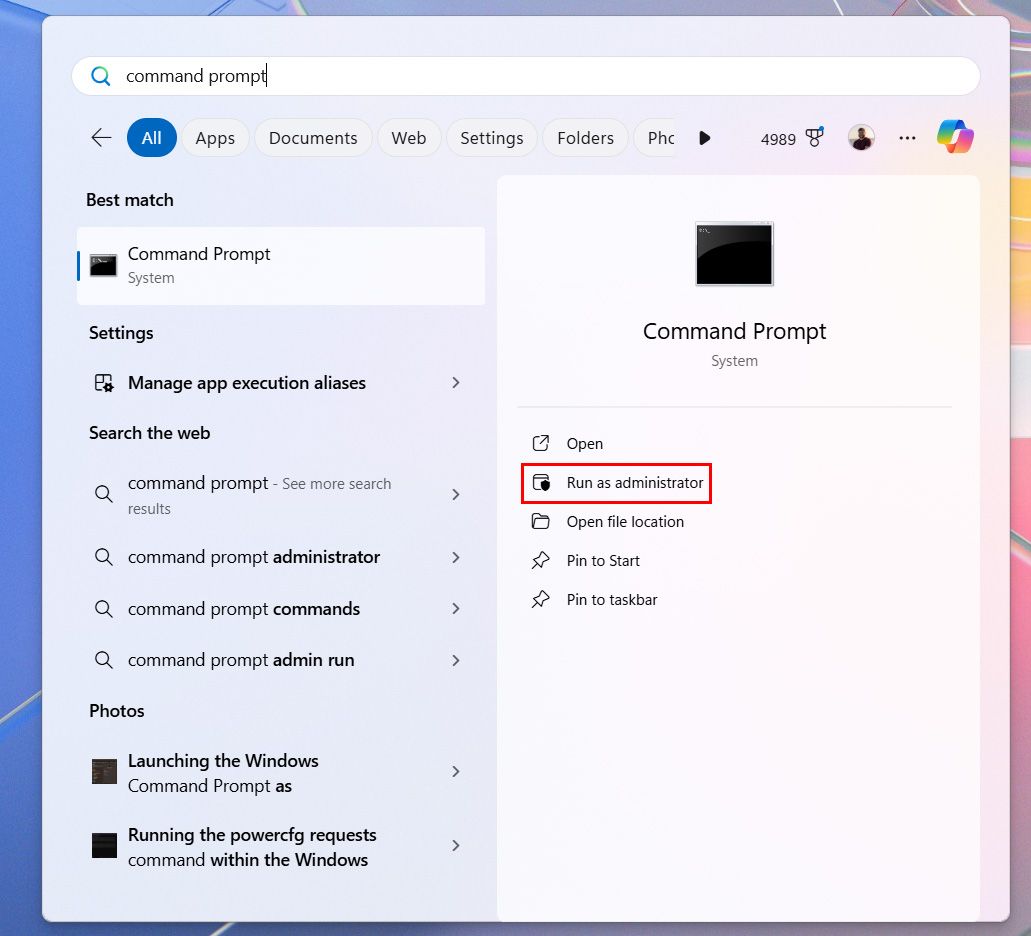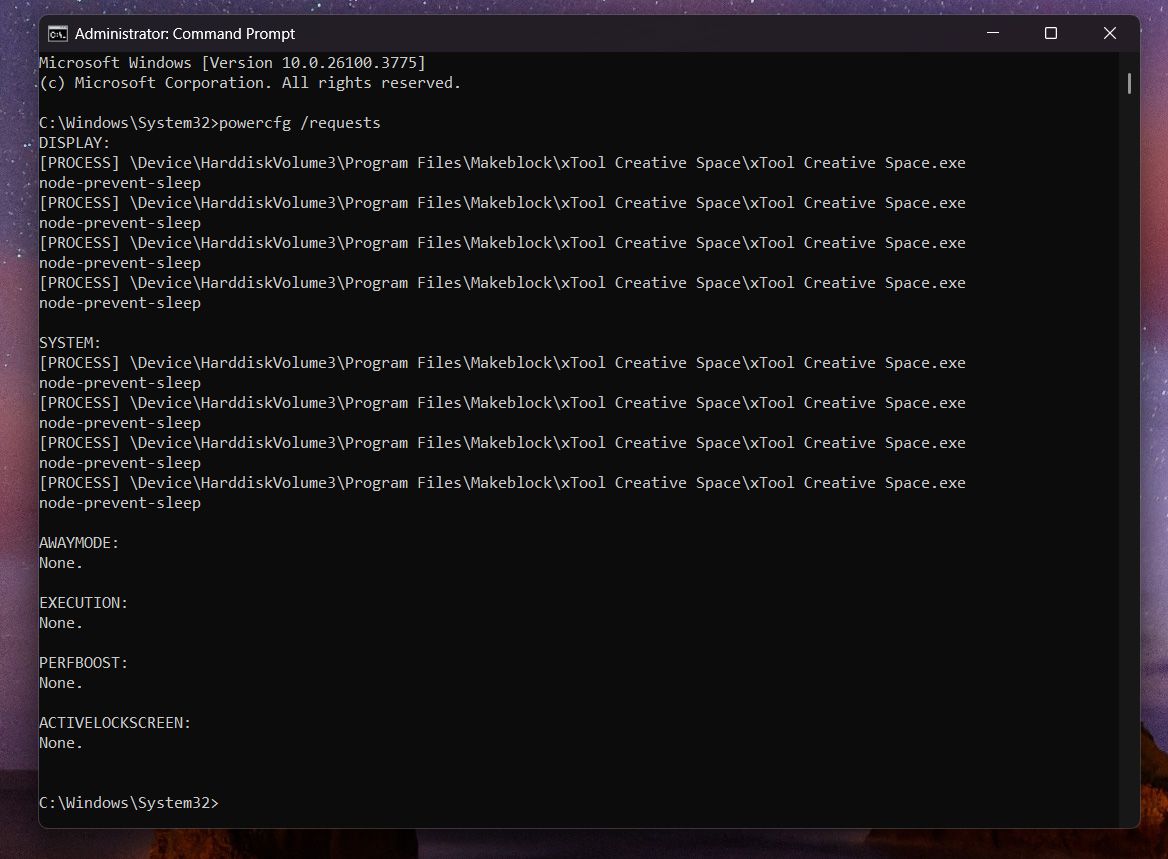Summary
- If your monitor isn’t going to sleep when it should, there’s likely a program in the background keeping it awake.
- Using the powercfg /requests Windows command can reveal which apps are preventing your monitor from sleeping.
- It’s as simple as closing that program out and your monitor will once again go to sleep.
Is your computer monitor no longer sleeping when it’s supposed to? This is a problem I ran into and couldn’t figure it out—until I found one simple command that revealed everything.
My Monitors Just Wouldn’t Sleep
I have a desktop in my workshop that runs my CNC and laser. It runs Windows, and one day I walked out there after several days of not being out there to see the monitor never went to sleep.
Being a workshop, I have my monitor sleep setting at an hour so that way it can be running a longer job on a machine and not go dark on me. My computer is set to never sleep, so it’s ready to go with all my programs open whenever I go out to the shop. The problem came when it had been several days since I had last been in the shop and the monitor was still awake. This was an issue I needed to solve.
I tried checking settings, looking to see if somehow I set the monitor to never sleep. That wasn’t it, though, I still had my settings set correctly. I couldn’t think of anything else that would keep it from sleeping, outside some weird registry issue. That is, until I decided to dig a bit deeper.
You see, there are programs on your phone, computer, tablet, and most electronic devices that can keep your screen awake. It’d be pretty annoying if you were watching a movie and your screen shut off after 30 minutes.
Because of this, I started to think that there could be a piece of software keeping my monitor from sleeping. It didn’t make sense, because I only ran a handful of programs on that computer, and none should keep the screen awake, but that had to be it.
I wasn’t sure exactly how to solve the problem, though. None of the programs I ran had an option to keep the screen on, so I decided to find out how to use Windows itself to figure out what software was keeping the screen away. It turned out to be way easier than I expected it to be.
The Command That Revealed Everything
I set out to find a way to reveal what applications were keeping my monitor from sleeping, and stumbled upon a command line tool that can divulge all kinds of information about your system.
Windows has a hidden command called powercfg, which can divulge all kinds of information about your system. In this particular instance, I ran powercfg /requests from an elevated Command Prompt, and it told me what program was keeping my monitor awake.

Related
How to Generate a Battery Health Report on Windows 10 or 11
Worried about how much your laptop’s battery has degraded over time?
However, powercfg can tell you all kinds of other information too. For instance, on laptops, powercfg /batteryreport generates an HTML page that gives you a full report of your battery health, charging cycles, and more.
Another command is powercfg /energy, which does a 60-second scan and outputs inefficiencies in your system like USB ports using a lot of power or your CPU not throttling down when not in-use. This can be a good way to trace down runaway power usage on a system.
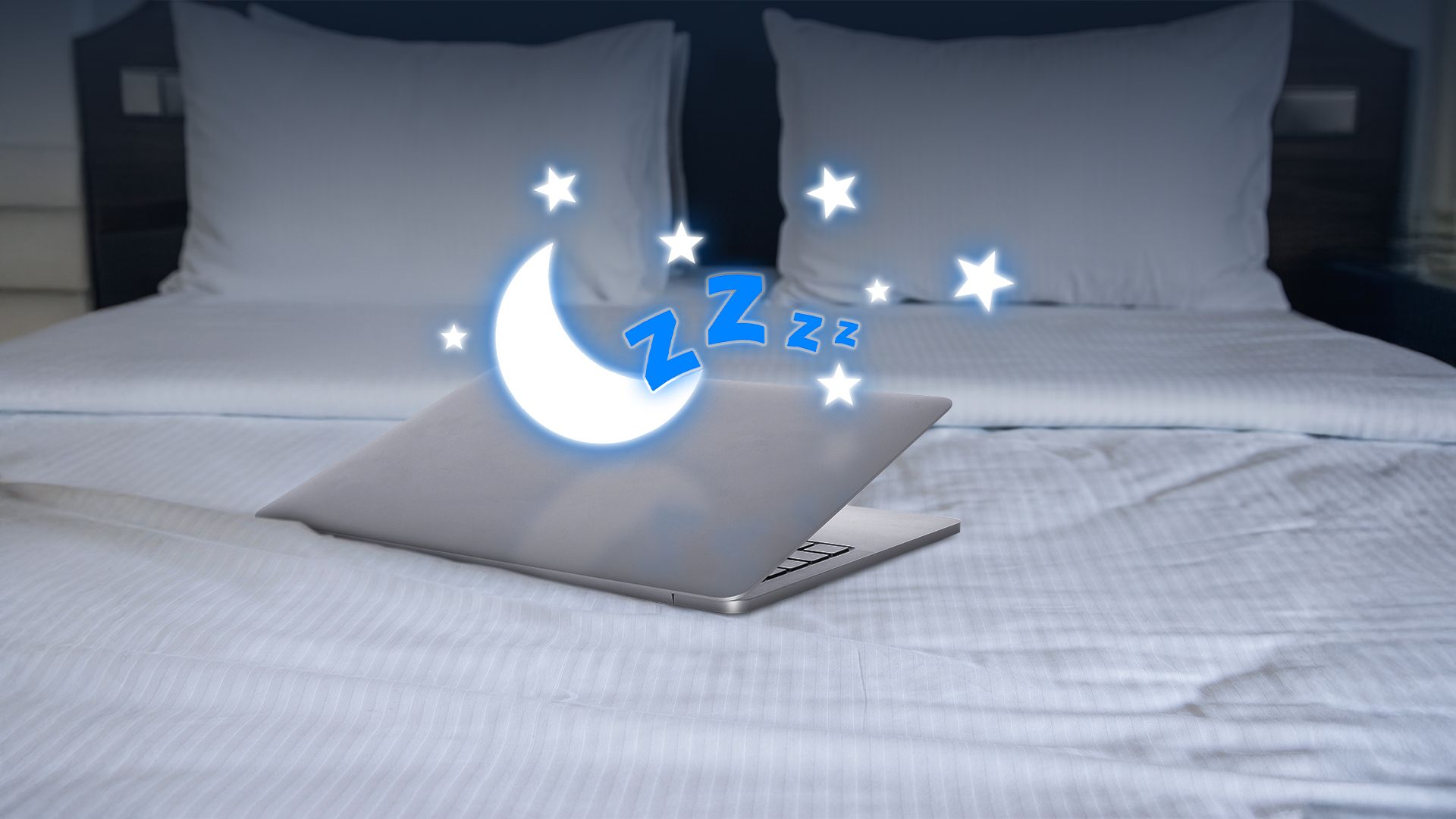
Related
How to Prevent Your Computer From Waking Up Accidentally
Putting your PC to sleep is a great way to save energy while still making sure you can resume work quickly.
One last part of powercfg I want to highlight is powercfg /waketimers. This command will tell you any programs that have access to wake your monitor up from sleep (the opposite problem that I have). This can be useful if your screen randomly turns on in the middle of the night without you touching it.
What to Look For And How to Solve the Problem
Now that you know a bit about what powercfg can do, let’s dive into the command that solved my problem.
To start, launch an elevated Command Prompt.
Then, type in powercfg /requests.
Take a look at the output that the command shows. You’ll want to check the program that is listed under the Display portion of the output. For me, you’ll see that xTool Creative Space is keeping my monitor awake. You might see another program here.
Once you know what software is keeping your monitor awake, then you can determine whether to leave it open or close it down. I used to keep xTool Creative Space open so it was ready to go to control my laser, but since finding out that it keeps my monitor awake, I’ve started closing the program.
I’m so glad I found this simple solution, because it was starting to get really frustrating with my monitor never sleeping. Since closing the software, my monitor now sleeps properly and everything works how it should once again.


